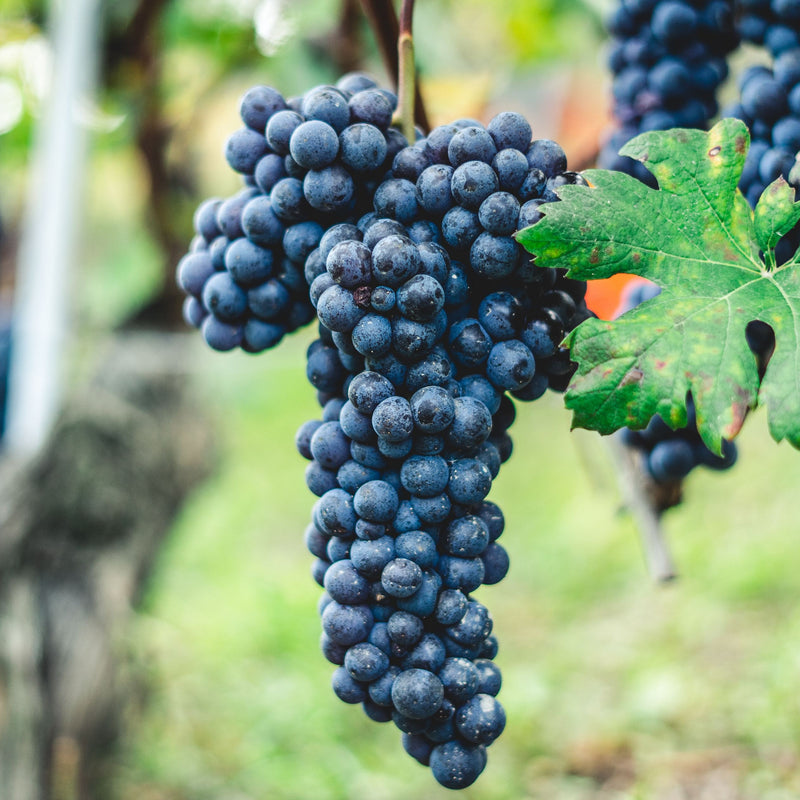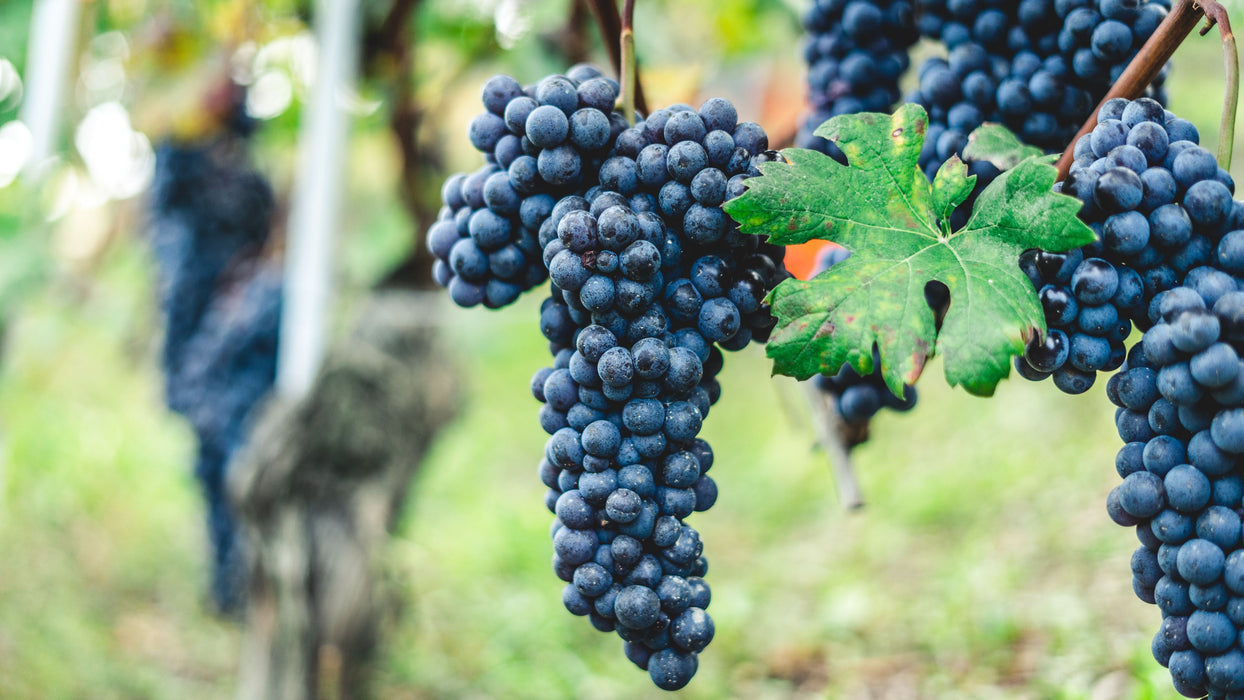
Low-Sulfite Wine
Low-sulfite wines are becoming more and more popular, but what are the levels of sulfur in low-sulfite wine, is there such a thing as sulfite-free wine, and what’s the big deal anyway?
The History of Sulfites in Wine
Adding sulfites to wine began during the Roman and Greek civilizations to preserve products. Historical documents from the first century AD describe sulfur being burnt inside wine vessels to prevent oxidation. In the negative sense, the term oxidation is when the wine is exposed to air for too long and begins to turn brown and take on vinegar aromas. Now, fast forward (many) years, sulfur in wine vinification is commonplace. Sulfur is used to kill off unwanted bacteria and yeast to prevent premature oxidation. In addition, winemakers appreciate that they can use the sulfur to stabilize freshness for harder harvests.
How Sulfur is added to Wine
The chemical compound Sulfur Dioxide (SO2) is the most common preservative used in winemaking because it has anti-bacterial qualities and is non-toxic, making it extremely attractive to winemakers. Winemakers add S02 even though sulfur is naturally present on grape skins because the natural amounts found are not usually enough to stop browning or spoilage for winemaking.
How is sulfur added to wine then? The SO2 (a sulfur compound) is added at certain times while the wine is being processed. Some of its principal preservative benefits include preventing the wine from reacting with oxygen to prevent browning or off-odors. The grapes are also not usually washed before they are crushed for the juice, which could lead to unwanted bacteria and yeast, which is why winemakers will add sulfur to the crusher or de-stemmer or any time the wine could be exposed to oxygen.
Why does it matter?
You guessed it! Because sulfites naturally occur on grapes; there is no such thing as a sulfite-free wine! Some of the population is sensitive to sulfur. Due to this, the label “Contains Sulfites” is now required on all wine labels sold in the United States. Since all wines do contain naturally occurring sulfur compounds, this label can lead to confusion.
Are Sulfites All Bad, and is There Such a Thing as Sulfite-Free Wine?
Since sulfur is a naturally occurring by-product of the fermentation process, 100 percent sulfite-free wine does not exist. But, winemakers have recently begun monitoring how much they are adding, if any. Since sulfur is used in many convenience foods, canned foods, and dried fruit, there is an increased interest in minimizing sulfur intake. (Did you know that there is typically more SO2 in one dried apricot than a glass of wine?) For those who suffer from sulfur sensitivities, the side effects can include headaches, rashes, and cold-symptoms.
Low-sulfite wines are an excellent option for many people who want to limit the number of preservatives in their diet. Low-sulfite wine can be made by starting out with large batches of wine that give off enough natural sulfur to ward off any signs of oxidation. A low-sulfite wine can also have better color or mouthfeel because the high amounts of sulfur can have a bleaching effect on red wine. This type of wine can also allow the winemakers to focus on the natural beauty, flavors, and authenticity of their production.
How do you Store a Low-Sulfite Wine?
The truth is that you don’t have to do anything different than your other wines. They are best preserved in a cool room away from daylight. White wines are known to be kept for up to two years, while red can be up to five (this is an estimate because it matters on the type of wine being stored). You can decant red wines, just pour into a jug and back into the bottle and be sure to serve chilled!
Wine Insiders
Wine Insider’s low-sulfite wines are carefully curated and delivered right to your doorstep! Rest assured, our low-sulfite wines are the result of selective vinification that limits the excess sulfur we don’t need.





